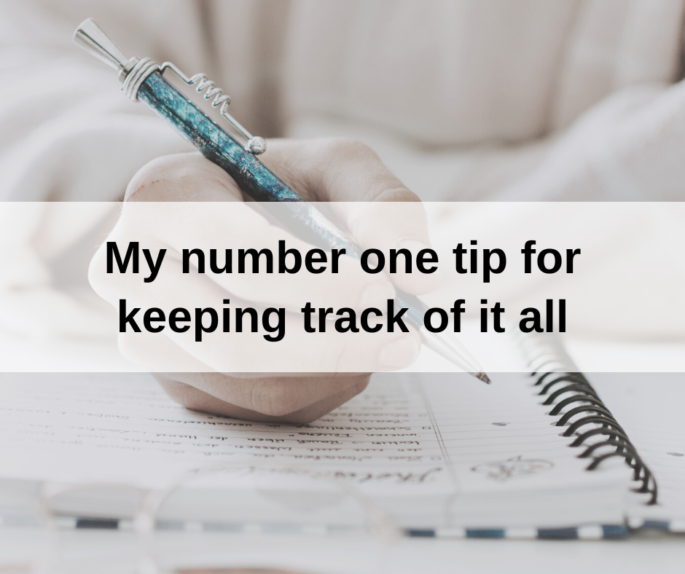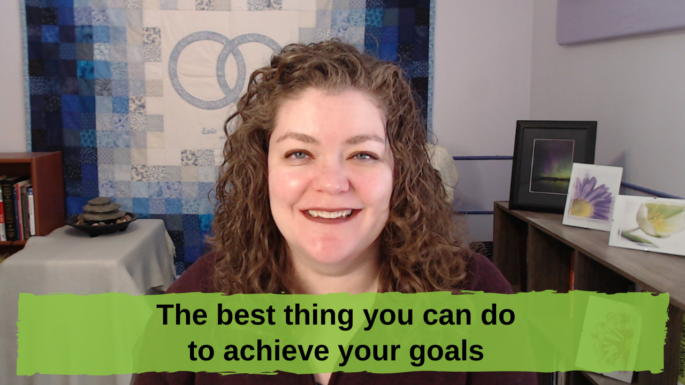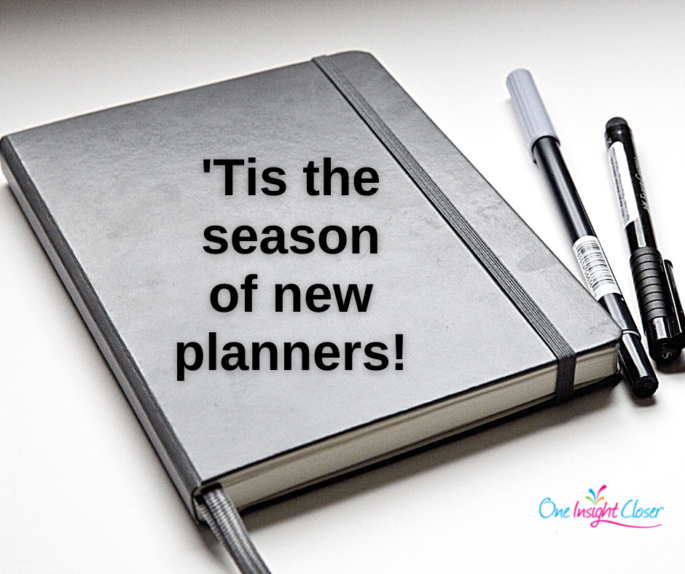Last time we talked about my number one tip for keeping track of everything is to write it down AND how there are some things to have in place to make that work.
Today, I’m going into more detail on making writing it down work for you.
Last week, I referenced having a limited number of “capture locations.” They’re exactly what they sound like. They’re the places where you capture the information, ideas, tasks, etc. And from there, they get moved to where they need to live to take the next step.
You want a minimum number of “capture locations” to avoid the “where did I put that” scenario. If you know you write things down in one of three spots, finding what you wrote gets a lot easier.
That’s one habit to develop, deciding which capture locations work for you. I’ve had clients use phone notes, a small notebook in their purse, a notebook on their desk, Evernote, OneNote, and many other locations. It’s all about noticing what works, or would work, for you and doing it.
Another habit to develop is regularly reviewing those capture locations to move the information to where it needs to go to be done or filed. This might be something you do daily or weekly. It can also be after a meeting or tied to another event that occasionally happens.
Here’s the real secret to getting writing it down to work for you: try things until you find what works for you right now and in the immediate future.
Chances are, the first thing you try won’t work 100% for you. And that’s okay!
Notice what part of it does work for you and adjust from there.





